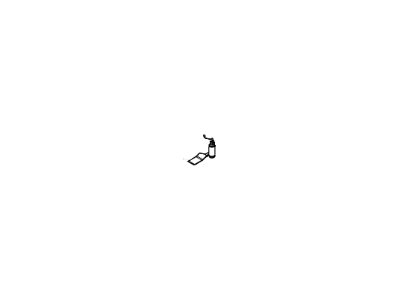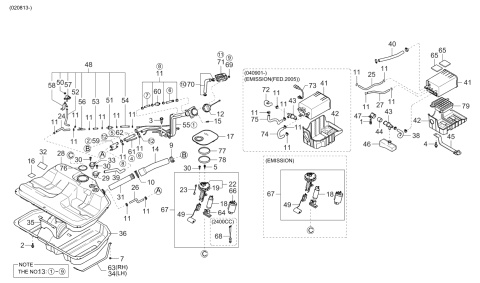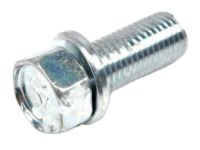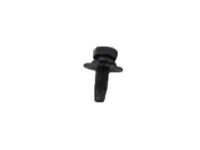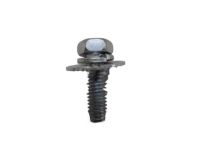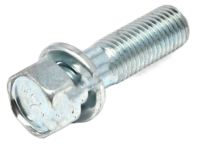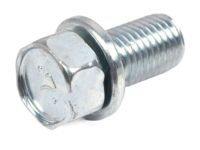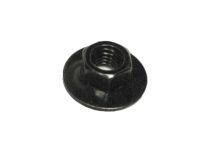Check that the fuel tank is not empty and confirm the proper functioning of the fuel pump by listening for a whirring sound when the ignition is switched on. If there is still no sound, inspect the EFI fuse, and the circuit opening, additionally, the fuel pump relay. If a fuse and relay are okay, verify the wiring of a fuel pump. If there is voltage at the fuel pump electrical connector, it means that the fuel pump is bad. If there is no voltage, then it could be that PCM is faulty. Take off the fuel pressure regulator cap and release the fuel system pressure and then put on the fuel pressure gauge to check the fuel pressure. Remove the fuel line and install the gauge between the fuel tubing and the fuel rail. For return-type fuel systems turn off all accessories and set the ignition switch to the ON position. The fuel pump should run at least two seconds and the pressure should be maintained. Ensure that the engine has been started by now, and check for fuel pressure. If so, look at the vacuum hose for the fuel pressure regulator. If there is enough vacuum but high pressure, it indicates that there is a restricted fuel return hose or line. If the pressure is low, press the fuel return hose. Should the pressure rise, change the fuel pressure regulator. If the pressure remains normal, replace the filter cartridge in the fuel filter and check the pressure again. If it is still low, then examine the fuel supply hose and line for a flow restriction. Another thing that can lead to low-pressure is when the fuel injector is leaking. To test the fuel pressure regulator, remove the vacuum hose and see the response of the fuel pressure gauge. The pressure should increase when the hose is disconnected. If it does not, assess for vacuum at the hose. Switch off the key and notice the pressure for five minutes on the gauge. If it reduces dramatically, it can be attributed to a leaking injector and the faulty check valve in the fuel pump. To check the fuel pressure, start the engine for the returnless fuel systems. If it is low, then there might be an obstruction in fuel supply hose and line that should be checked. And if they are high, then the problem might lie with the fuel filter. If the pressure is high then replace the fuel pump/fuel pressure regulator. After the test, release fuel pressure, then turn off the battery cable, take out the fuel pressure gauge, and connect the battery cable. Switch on the engine if any and check for fuel leakage.
Posted by KiaPartsNow Specialist 
